- News Center
 Company news
Company news Industry information
Industry information
- Stainless steel 06
- Stainless steel 07
- Stainless steel 05
- Stainless steel 03
- Stainless steel 04
- Stainless steel 01
- Stainless steel 02
- Aluminum castings 05
- Aluminum castings 04
- Aluminum castings 03
- Aluminum castings 02
- Aluminum castings 01
- Aluminum die-casting product 08
- Aluminum die-casting product 07
- Aluminum die-casting product 06
- Aluminum die-casting product 05
Company news
Position:Home > News Center > Company news
- Aluminum foundry: Defect Analysis of aluminum die casting
- Editor:Hangzhou Hongcheng Pml Precision Mechanism LtdDate:2017-06-29 09:52 Click:
Next, today aluminum foundry continues to analyze the defects of aluminum die-casting:
1. Adhesion trace
Small pieces of metal or metal or metal are fused to the base part of the metal. Under the action of external force, the small pieces are stripped and the surface of the stripped castings is bright and dark gray.
Reason:
1. There are metal or non-metallic residues on the surface of the die casting cavity;
2. When pouring, impurity is first attached to the surface of the mold cavity.
Two, peeling and peeling
There is a clear layer of metal in the part of the casting.
1, mold rigidity is not enough in the process of filling metal, template wobble;
2. During the process of ejection, there is a crawling phenomenon in the punch, or improper design of runner system.
The surface of the die castings produces rough surfaces at certain locations.
The reason is that the cooling of the molten metal at the inpouring channel caused by casting conditions is not enough.
Four. Erosion
The local position of the die casting is made of pitting or convex.
Reason: improper placement of inner runner or poor cooling condition.
Five. Crack
The casting is placed in alkaline solution and the crack is dark grey. The destruction and splitting of the metal matrix are linear or wavy, and the lines are small and long.
Reason:
1, the content of iron in the alloy is too high or the content of silicon is too low; the content of the harmful impurities in the alloy is too high, and the plasticity of the alloy is reduced; the zinc or copper content of Al Si alloy and Al Si Cu alloy is too high; the content of magnesium in the Al Mg alloy is too much;
2, the mold retention time is too short, the holding time is short, and the wall thickness of the casting has dramatic changes;
3, the local packing force is too large, and the force is uneven when ejecting.






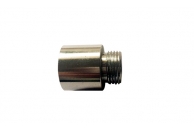
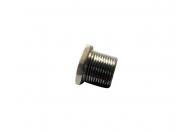
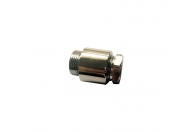
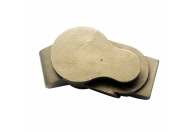
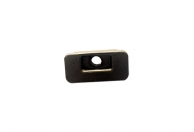
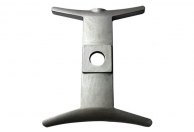
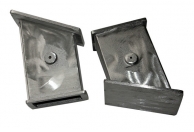
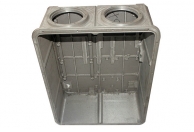
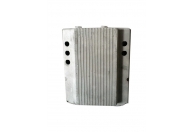
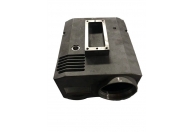
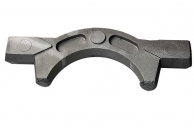
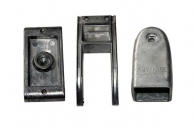
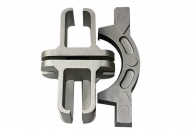
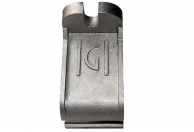
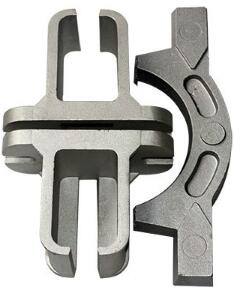 Three. Friction ablated
Three. Friction ablated 